Social media or Troll media? Decoding the #Boycott trend
India has always been a country of emotions and often subjects around religion, caste or society, if not handled carefully, attract a lot of backlash. In last 2-3 years, this backlash is maximum seen on social media which has emerged as a hub of trolls. Prior to the advent of social media, opinions on such topics would be communicated to the masses only by journalists or people involved with media. Today, social media has given a voice to each and every user, which has its own pros and cons. Everyday, either an individual or an organisation is getting trolled on platforms like Twitter, Facebook and Instagram.
In 2019, a #Boycott trend was seen on multiple occasions throughout the year. On some occasions, celebrities like Anushka Sharma, Taapsee Pannu or Zaira Wasim were trolled while on other occasions, brands such as Amazon, Zomato, Hindustan Unilever and PharmEasy were targeted. Let us closely look at why these brands were attacked.
Amazon
#BoycottAmazon trended on twitter as the e-commerce giant hurt Hindu sentiments by listing toilet seat covers and doormats on their US website with the images of Gods and Goddesses on them. Amazon faced backlash before this for listing similar products with the images of Mahatma Gandhi, Indian National Flag, Jesus Christ and also the Holy Quran.
Zomato
The Zomato case really points out everything wrong with India. A Zomato user had cancelled a delivery because the delivery boy was non-hindu. He even went on to Tweet about it after Zomato refused to change the delivery boy or even process a refund. Zomato then responded to him with “Food has no religion. It is a religion.”
Food doesn’t have a religion. It is a religion. https://t.co/H8P5FlAw6y
— Zomato India (@ZomatoIN) July 31, 2019
Even the founder of the food aggregator tweeted :
We are proud of the idea of India - and the diversity of our esteemed customers and partners. We aren’t sorry to lose any business that comes in the way of our values. 🇮🇳 https://t.co/cgSIW2ow9B
— Deepinder Goyal (@deepigoyal) July 31, 2019
The trend #BoycottZomato along with #ZomatoExposed and #ZomatoUninstalled quickly followed on Twitter. Here are some tweets:
Such a biased librandu #ZomatoExposed Im deleting the app #ZomatoUninstalled @ZomatoIN @Zomato and I m supporting @NaMo_SARKAAR pic.twitter.com/f1jqAVNZPL
— Raaa (@desiraftaar) August 1, 2019
Dear @ZomatoIN
— Bhartiya Nilay Pandya 🇮🇳 Proud Indian (@nilay_pandya) August 1, 2019
JFYKI, Customers are GOD in this kind of Capitalist economy. We do not need lectures on Religion especially from a Food aggregating app.
Also, there are enough tweets showing your hypocrisy.
Hence, I have got#ZomatoUninstalled from my phone. pic.twitter.com/8BlZ2nuRxn
Hindustan Unilever
FMCG major was at the mercy of the twitter trolls for its Kumbh Mela campaign for Red Label Tea. Many alleged that the ad targets both Kumb Mela and the Hindu religion. The caption to the original post which was later deleted read “#KumbMela is place where old people get abandoned. Isn’t it sad that we do not care for our elders? #RedLabel encourages us to hold the hands of those who made us who we are. Watch the heartwarming video; An eye opener to the harsh reality.” The company eventually had to delete the post.
Here is how Twitteratis responded to this with the #BoycottHindustanUnilever:
So @HUL_News too joins the list of brands in the shit-list.
— Harpreet (@CestMoiz) March 7, 2019
Surprising that such corporates don't game the potential loss of business when pushing such borderline bigoted campaigns.
Even more surprising is the fact that the tweet with the ad is STILL up!#BoycottHindustanUnilever
Wow @HUL_News - you just summed up the world's largest gathering in one insensitive statement to peddle your brew dust. @Unilever - do you stand for this hatred and bigotry ? #BoycottHindustanUnilever https://t.co/IN1kPzCffx
— rag (@cmnsenseindian) March 7, 2019
Even Yoga Guru Ramdev joined the bandwagon using the hashtag:
From East India Co to @HUL_News that’s their true character. Their only agenda is to make the country poor economically & ideologically. Why shld we not boycott them? For them everything, every emotion is just a commodity. For us parents are next to Gods #BoycottHindustanUnilever https://t.co/suozbymLBI
— सà¥à¤µà¤¾à¤®à¥€ रामदेव (@yogrishiramdev) March 7, 2019
PharmEasy
PharmEasy is the most recent target in the boycott trend. They recently launched a new campaign #NoDramaOnlyPharmEasy which backfired on them badly. The advertisement parodies the famous Sanjeevani Booti scene in Ramayan.
Managed to get half a recording of the ad that is being showcased by @pharmeasyapp on TV recently. It spoofs the Sanjeevani booti scene.
— गोविंद हिनà¥à¤¦à¥‚ (@govindhindu56) November 22, 2019
What right does pharmeasy have to mock our gods like that? Will they ever dare to make a similar ad on other religions?#boycottpharmeasy pic.twitter.com/hcx2MZGynN
Twitteratis didn’t take this well and here’s how they responded:
#BoycottPharmEasy This is so ridiculous ! Companies like @pharmeasyapp
— Nikhil Patrikar (@jagruthindu) November 25, 2019
makes ads on Hindu Mythology showing Hindu Deities in disrespectful manner, indirectly making fun of them. Will they ever dare to make a similar ad on other religions? @pharmeasyapp
please apologise ASAP.
I m going to uninstall dis app today itself & urge all d Hindus to do d same.
— 🌼Nilam Dupade🌼 (@NilamDupade) November 25, 2019
Let's show @pharmeasyapp tat they cannot become India's most trusted app in their field if they r going to denigrate Hindu Gods & Goddesses.#BoycottPharmEasy pic.twitter.com/wikS0sDTQr
#BoycottPharmeasy
— Dr. Sayali Yadav (@SayaliYadav9) November 25, 2019
This is really not acceptable. I am not going to buy anything from this pharmacy
Why does #Boycott happen?
So, why do these brands get boycotted. Are the ads not good, or is the product not good, or is it the service issues, or is the consumer too sensitive, or is a competitor brand sabotaging their image. Today, it is not a difficult task to get a hashtag trended on Twitter.
For a deeper understanding of such trends we reached out to a couple of industry experts. Giving reasons for why these trends happen Deepak Sharma, CEO and Founder, WithSTARTUPS.com, says, “The age of 'wokeness' is upon us. From the comforts of our keyboards, everyone wants to be a vigilante. Just take a look at social media trends. It hardly takes a couple of news items before hashtags like #BoycottThisBrand start rising. Why is that? Well, for one, people now realize the enormous power of social media. In the earlier days, there was simply no way to get the corporate giants to listen to one person. But now, a single post can go viral enough for the CEO to come out and apologize. Secondly, the troll culture literally asks people to be combative to others; this is their virtual identity. With or without reason, there is an inner satisfaction that they derive in deriding a powerful brand.”
Sanjay Mehta, Joint CEO, Mirum India, adds to this by saying, “Generally such trends happen when a sensitive issue is brought out through brands. Religious topics and Nationalism are often the basis of such trends. These topics often arouse such emotions amongst people and are the motivating factor for such trends.”
Impact on business
Once the trolling starts, it continues for two to three days, with thousands of tweets coming from different accounts. It will not be wrong to say that some of the accounts are genuine but defiintely some are bots and just created to engineer trends. A lot of researches and reports have suggested that.
Mehta mentions, “Often these trends are short lived. In these businesses a day or two of boycott doesn’t really affect them and they can catch up with the drop in sales, if any after the boycott. These trends may not be so bad for a brand as more and more people are talking about it. Without spending money they get so many people to talk about them. The controversy often helps.”
Damage Control
When a brand is involved in such trends, it often affects the brand in various ways. Often CEOs have to come out to apologize for the actions of the brand and many times they take a stand like in the case of Zomato. However, it is not before a thousand tweets when the CEO comes to apologise. On most occasions, it is like a prevent strategy rather than cure.
Talking about the impact on a brand, Sharma says, “These stories definitely have an impact on brand - however short-lived the effect may be. The internet never forgets. The worst thing to do in response is to feed the trolls. That will never work. Instead, brands should counter by genuineness. Acknowledge the incident, apologise if needed, take corrective action, and move forward.”
Agreeing to this Sanjay Mehta says “It is a case to case situation. If the brand wants to make a stand about something which they feel is right, it’s great! Even though they are alienating a certain group, they get even more popular with the group that agrees to their stand. However in a case like Amazon’s it isn’t worth taking a stand by the mistake they’ve made. It is best for them to withdraw or apologise.”
Possibility of sabotage
Another aspect of these troll trends is that we sometimes see competitors financing trolls to take on the other brand. For example, let us understand that if a particular brand is getting trolled, there is a huge possibility that any other competing brand from the category would not mind pumping a few dollars to aggravate that trend as it serves their purpose of being picked up from the shelves. This brings us to our next question, does it impact sales?
While some trends are due to a reaction of a certain brand’s actions, some are well thought and planned to take the competitor down. Mehta agrees to this and says, “Ofcourse, it is possible to troll a brand with the help of money. Sometimes trolls happen with the base of the interested party. It is either a competitor taking down the other or some other personal interest. Also when a brand wants highest amount of visibility during the trolling, money is spent. There are times when a genuinely upset customer uses money to expand the reach of his or her tweet against a certain brand.”
Also Read:
Amazon faces backlash for hurting Hindu sentiments yet again




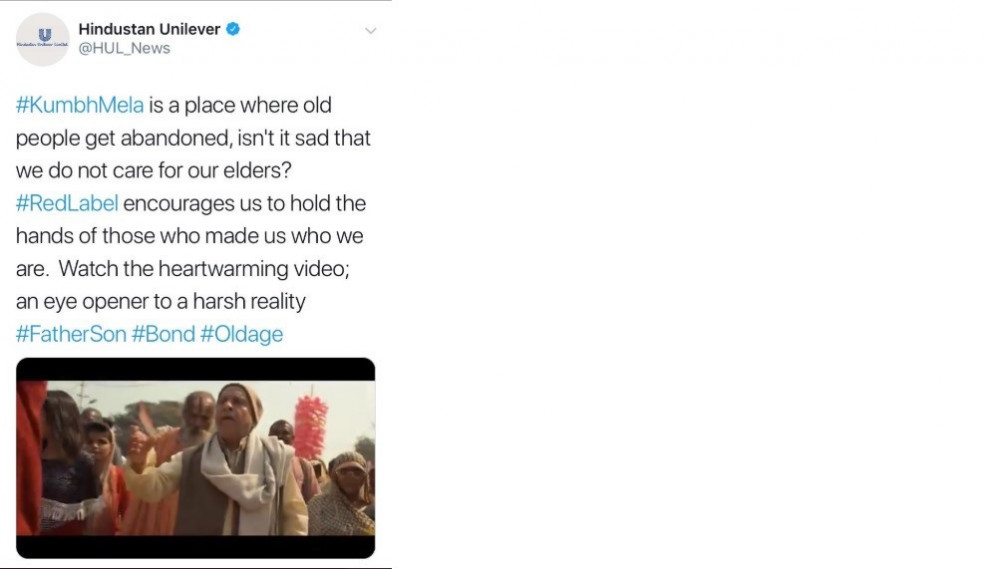

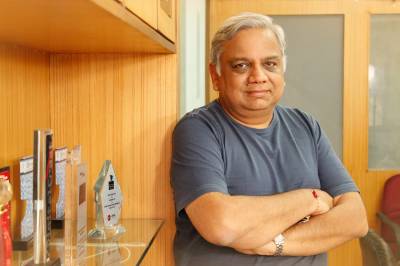



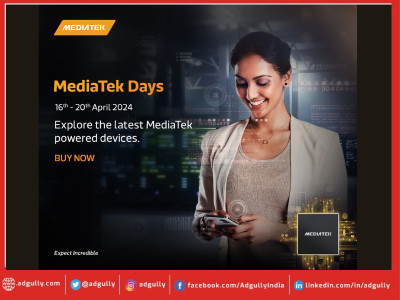
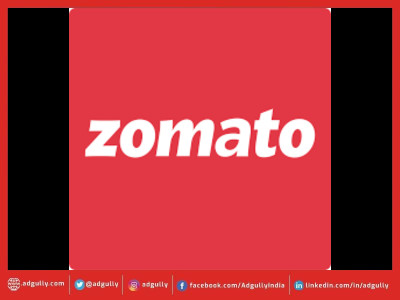
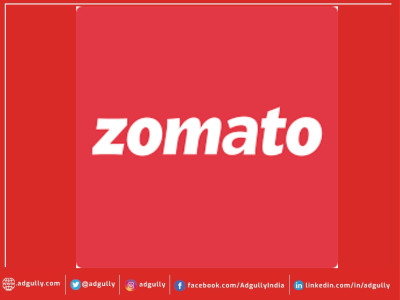

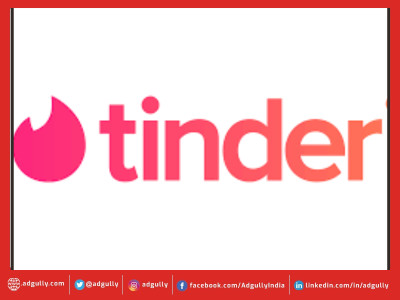


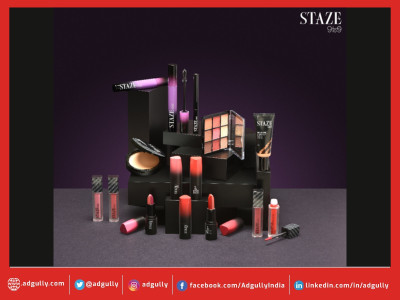


Share
Facebook
YouTube
Tweet
Twitter
LinkedIn